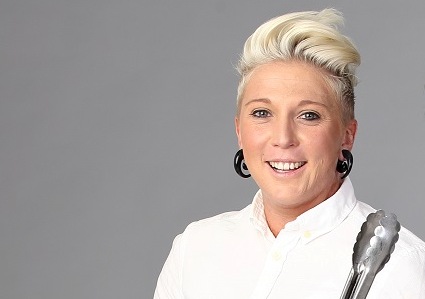
Growing potatoes in containers is a practical and rewarding way to cultivate your own spuds, especially if you’re working with limited space or challenging soil conditions.
This method saves garden space and allows you better control over growing conditions, protecting your crop from pests.
Follow the tips in this guide to successfully grow potatoes in containers:
Growing container potatoes can be rewarding
Planting potatoes in containers offers multiple benefits. It protects your crop from pests like wireworms and voles, ideal for small garden spaces or areas with rocky soil.
When is the best time to plant?
In South Africa, plant potatoes in containers approximately two weeks before the last frost date in your region. If late frosts are forecasted, consider moving your containers to a sheltered spot or covering them until the weather improves.
Choosing the right containers
Select a container that is at least 60-90 cm deep with good drainage. You can use fabric grow bags, plastic buckets, or bins. Ensure any plastic containers are food-safe and have drainage holes to prevent waterlogging.
Best potato varieties for containers
Choose smaller varieties like fingerlings or those grown for small “new” potatoes, as larger storage types may not thrive in pots. Obtain seed potatoes from reputable suppliers such as a nursery in your area, as grocery store potatoes are often treated with growth inhibitors.
Steps for planting potatoes in containers
- Prepare seed potatoes: Cut potatoes into chunks with at least two eyes each. Let them sit for a few days to callus over.
- Add soil to container: Place your container in a sunny spot and fill it with 2-3 inches of well-draining soil mixed with compost.
- Plant seed potatoes: Plant potato sections with eyes facing up, spacing them 25 cm apart.
- Cover with soil: Cover the seed potatoes with 5 cm of soil and water thoroughly.
Caring for potatoes growing in containers
- Watering: Check soil moisture daily and water regularly to keep it consistently moist but not waterlogged.
- Fertilising: Every few weeks, add diluted organic fertiliser to your watering routine for optimal growth.
- Hilling: When plants reach 15 cm tall, add soil around the base to protect developing potatoes from sunlight.
Harvesting potatoes in containers
Potatoes can be harvested any time after they flower, which usually occurs in mid- to late summer. Depending on the variety, this can be in about 3 to 4 months from planting. To harvest just a few potatoes, reach down into your containers and pull the largest tubers free.
Alternatively, you can wait a few more weeks until the entire potato plant begins to yellow and die back. Then you can carefully lift the whole plant out of the soil or dump the entire container out onto a plastic tarp for even easier harvesting. The tubers will detach easily from the plant.
Storing your harvested potatoes
After harvesting, brush off the dirt and let the potatoes dry for a couple of days. Store them in baskets or paper bags with good air circulation.
Common issues to watch for
Keep an eye out for pests and diseases like potato beetles and late blight. Overwatering can cause rot, while underwatering leads to poor production. Use liquid fertiliser regularly to keep your plants healthy.
Compiled by Megan-Leigh Jacobs




